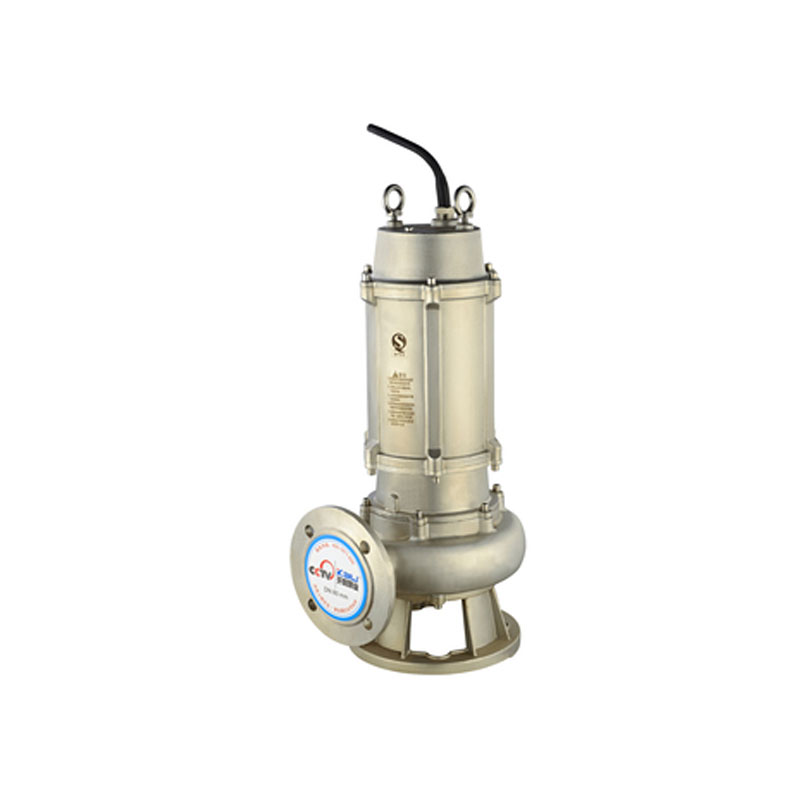How To Use A Submersible Pump Correctly (1)?
2025-03-11
There are some details that need attention:
1. Confirm the correct direction of rotation of the motor. The direction of rotation of the motor should be clear. Now there are many types of submersible pumps that can discharge water in both forward and reverse rotation, but the water output is small and the current is large when reversing. If the reversal time is too long, the motor winding will be damaged.
2. It is forbidden to start the machine with abnormal power supply voltage. Because the low-voltage power supply line is relatively long, it is common for the voltage at the end of the line to be too low. When the phase voltage is lower than 198 volts and the line voltage is lower than 342 volts, the speed of the submersible pump motor decreases. When it does not reach 70% of the rated speed, the starting centrifugal switch will close, causing the starting winding to be energized for a long time and heat up, and even burn the winding and capacitor. On the contrary, excessive voltage causes the motor to overheat and burn the winding.
3. Cable installation and insulation resistance requirements of submersible pumps. When installing a submersible pump, the cable should be overhead and the power cord should not be too long. Do not put stress on the cable when the submersible pump is put into the water or lifted out, so as not to cause the power cord to break. Do not sink into the mud when the submersible pump is working, otherwise it will cause poor heat dissipation of the motor and burn the motor winding. During installation, the insulation resistance of the motor should not be less than 0.5 megohms.
4. Installation of leakage protector. The leakage protector is also called a life saver. Its function can be understood from the three words "life saver". Because the submersible pump works underwater, it is easy to leak electricity, causing power loss and even electric shock accidents. If a leakage protector is installed, as long as the leakage value of the submersible pump exceeds the action current value of the leakage protector (generally not more than 30 mA), the leakage protector will cut off the power supply of the submersible pump to ensure safety while avoiding leakage and wasting electricity.





